Flat Roof Ponding Water Solutions in Washington DC
Flat roof ponding water is a common issue that can lead to serious structural damage if left untreated. At Washington DC Roofing Company, we specialize in effective solutions to prevent water accumulation on commercial and residential flat roofs throughout the DC metro area.
The Washington DC region's fluctuating weather patterns—from heavy summer thunderstorms to winter freeze-thaw cycles—create perfect conditions for ponding water to damage flat roofs. Standing water that remains for more than 48 hours can compromise membrane integrity, accelerate material deterioration, invite algae growth, and eventually lead to leaks and structural weakening.
Our expert technicians begin with a comprehensive assessment using advanced moisture detection equipment to identify not just visible ponding areas, but also hidden moisture trapped within roofing materials. This thorough analysis reveals underlying issues such as substrate depression, inadequate slope, compressed insulation, or drainage system blockages.
Based on this assessment, we develop customized solutions that may include strategic tapered insulation installation, membrane reinforcement, drainage path optimization, or the integration of auxiliary drainage systems. For severe cases, we can implement complete drainage redesign using innovative techniques comparable to advanced industry systems.
Every solution we implement is backed by comprehensive documentation and our industry-leading warranty, providing peace of mind and protection for your valuable roofing investment.
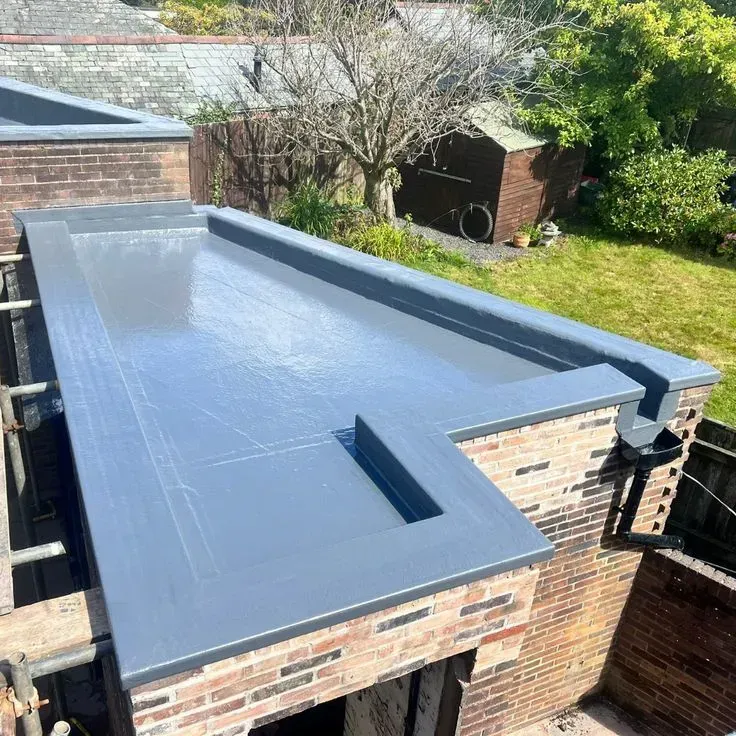
Causes of Ponding Water
Aesthetics and Design
Choosing solar shingles significantly reduces your carbon footprint. A typical residential solar shingle system can eliminate 3-4 tons of carbon emissions annually, equivalent to planting about 100 trees each year.
Solar energy is a clean, renewable resource that doesn't produce greenhouse gases or air pollutants during operation. By harnessing the sun's power, you're reducing reliance on fossil fuels and contributing to cleaner air quality.
Poor roof design is a primary cause of ponding water, particularly when insufficient slope prevents proper drainage. Many flat roofs should actually have a slight pitch of at least 1/4 inch per foot to facilitate water runoff.
Structural settling can create depressions where water collects. As buildings age, the roof structure may sag or shift, creating low spots that trap water.
Clogged or inadequate drainage systems frequently contribute to ponding. Debris-filled gutters, drains, and scuppers prevent water from properly flowing off the roof surface.
Improper installation of roofing materials can create uneven surfaces. When membrane roofing isn't properly secured or flashed, it may develop pockets that collect water.
Weather conditions also play a role, with heavy rainfall or snow melt overwhelming drainage systems and creating temporary ponding situations.
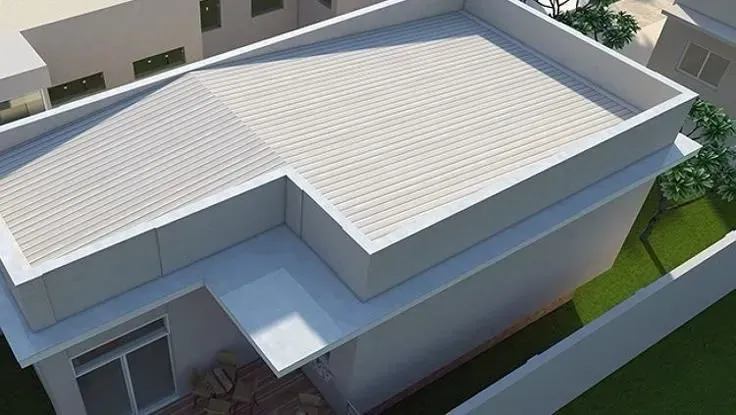
Consequences of Water Accumulation
Aesthetics and Design
Choosing solar shingles significantly reduces your carbon footprint. A typical residential solar shingle system can eliminate 3-4 tons of carbon emissions annually, equivalent to planting about 100 trees each year.
Solar energy is a clean, renewable resource that doesn't produce greenhouse gases or air pollutants during operation. By harnessing the sun's power, you're reducing reliance on fossil fuels and contributing to cleaner air quality.
Accelerated deterioration of roofing materials is a primary concern with ponding water. Prolonged exposure to standing water breaks down membranes, degrades adhesives, and weakens seams.
Structural damage becomes a risk as water adds significant weight to the roof. A one-inch deep pond of water can weigh approximately 5.2 pounds per square foot, potentially exceeding the roof's load capacity.
Vegetation and biological growth thrive in ponded areas. Algae, moss, and even small plants can take root, further retaining moisture and creating additional weight.
Leaks become more likely as water pressure and exposure time increase. Even tiny imperfections in the membrane become potential entry points when constantly exposed to standing water.
Energy efficiency decreases as wet insulation loses its R-value. This leads to higher heating and cooling costs throughout the building.
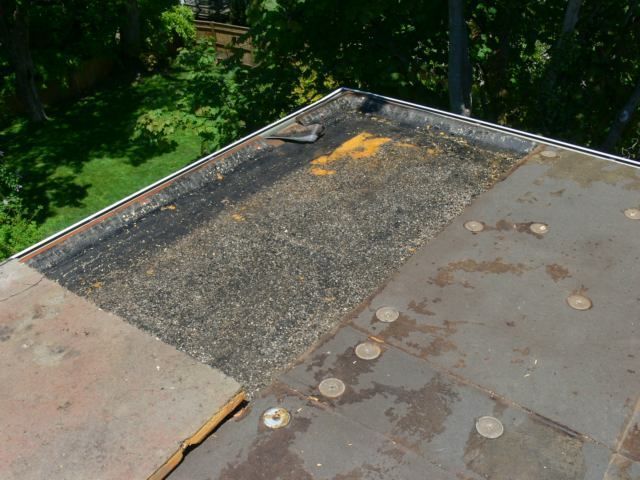
Our Solutions
At Washington DC Roofing Company, we provide comprehensive solutions for flat roof ponding water issues using our proven three-phase approach.
Initial Assessment and Diagnosis
We begin with a thorough inspection of your flat roof system to identify the exact causes of ponding water. Our certified inspectors use advanced moisture detection equipment to locate underlying issues that may not be visible to the naked eye.
The assessment phase includes a detailed structural evaluation to check for deflection or sagging that may be contributing to water accumulation. We measure existing water depths and document the affected areas with high-resolution imagery.
Before proposing solutions, we conduct a comprehensive moisture scan to determine if water has already penetrated the roofing membrane or insulation layers. This data-driven approach ensures our solutions address the actual problems, not just the symptoms.
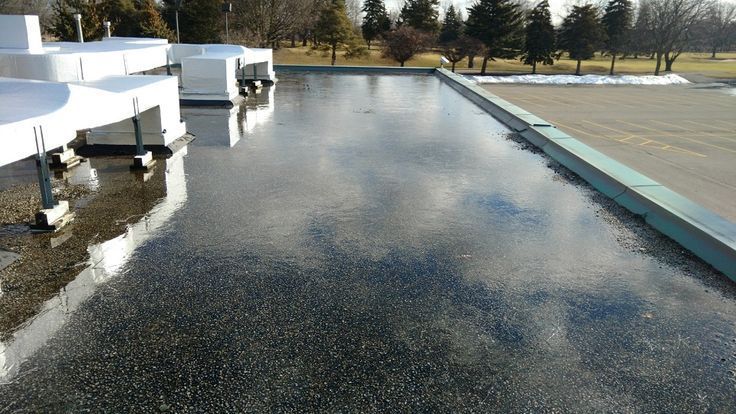
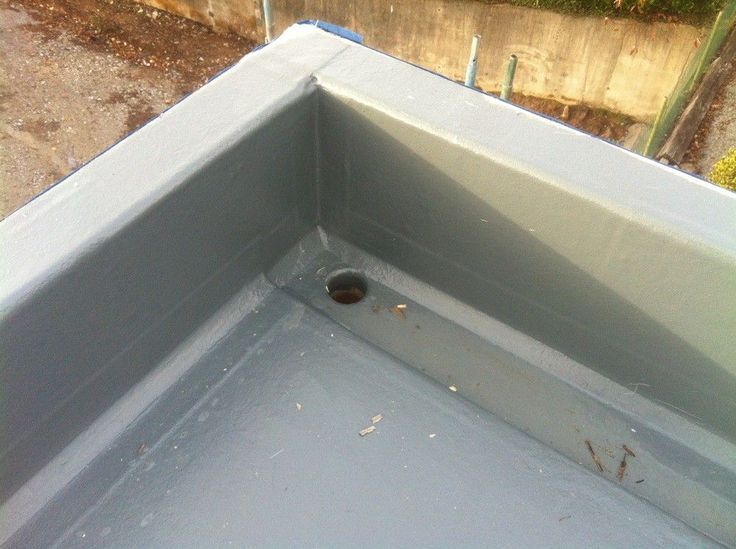
Customized Water Mitigation Techniques
We implement targeted solutions based on the specific ponding issues identified during assessment. For minor ponding problems, we often apply specialized roof coatings that create a seamless, waterproof membrane while improving water flow.
For structural depressions, we install tapered insulation systems that create positive drainage toward existing outlets. This cost-effective approach can eliminate ponding without major reconstruction work.
When necessary, we enhance existing drainage by:
- Installing additional roof drains in strategic locations
- Integrating cricket systems to direct water flow
- Replacing or upgrading clogged or undersized drainage components

Long-Term Maintenance Strategies
We develop customized maintenance plans that prevent future ponding issues through regular inspections and proactive care. Our maintenance agreements include scheduled visits to clear debris from drains and scuppers before they cause problems.
We provide detailed documentation of all maintenance activities, creating a comprehensive record of your roof's condition over time.
This approach helps identify potential issues before they develop into costly problems.
Many clients benefit from our preventative maintenance program that includes:
- Quarterly drain cleaning and inspection
- Bi-annual complete roof assessment
- Priority scheduling for emergency services
- Detailed reporting with photographic documentation
Our Implementation Process
Our flat roof ponding water solutions follow a systematic approach designed to effectively address water accumulation issues while ensuring long-term protection.
Proper membrane installation significantly extends roof lifespan by providing superior waterproofing protection. We carefully seal all joints and connections to prevent water infiltration that can damage structural components.
Energy efficiency improvements come standard with many membrane options. Reflective membranes can reduce cooling costs by up to 30% during summer months by minimizing heat absorption.
Low maintenance requirements make membrane roofing an economical long-term investment. Most systems need only bi-annual inspections to ensure optimal performance.
Installation can often be completed without disrupting building operations. Our experienced teams work efficiently to minimize noise and interference with your daily activities.
Preparation and Safety
Before beginning any ponding water remediation, we conduct a comprehensive roof assessment to identify the exact locations of water accumulation and underlying structural issues. This initial inspection allows us to develop a tailored solution specific to your roof's condition.
Pre-implementation checklist:
- Complete structural assessment
- Clear drainage paths
- Repair damaged flashing and seams
- Ensure surface is clean and dry
- Set up safety equipment and barriers
Innovative Application Methods
We employ state-of-the-art application techniques tailored to each roof's specific needs. For minor ponding issues, we often utilize tapered insulation systems to create positive drainage toward existing outlets.
Our specialized equipment allows for precise application of elastomeric coatings that form seamless waterproof membranes. These coatings reflect UV rays and expand/contract with temperature fluctuations without cracking.
Quality Assurance and Control
Our quality control process begins with material selection, using only premium waterproofing products with proven track records in similar applications. Each component is inspected before installation to ensure it meets our rigorous standards.
Our quality control measures include:
- Material certification verification
- Thickness measurements of applied coatings
- Adhesion testing of membranes
- Inspection of all seams and transitions
- Photographic documentation at each stage
FAQs
TPO roofing installations come with many common questions from our customers. We've gathered the most important information about costs, durability, brands, and maintenance to help you make informed decisions.
What are the factors influencing the cost of a TPO roof installation?
Several key elements affect TPO roofing costs. The size of your roof is the primary factor, as larger areas require more materials and labor.
The thickness of the TPO membrane impacts pricing significantly. We offer options ranging from 45 mil to 80 mil thickness, with thicker membranes costing more but providing enhanced durability.
Your roof's complexity matters too. Buildings with multiple penetrations, HVAC units, or unusual shapes require more detail work and flashing.
Accessibility affects labor costs. If your roof is difficult to reach or requires special equipment, this will increase the installation price.
How long does a TPO roof typically last under normal weather conditions?
TPO roofs installed by Washington DC Roofing Company typically last 20-30 years with proper maintenance. This lifespan depends on several factors including membrane thickness and local climate conditions.
The quality of installation significantly impacts longevity. Our certified installation team ensures all seams are properly welded and details are correctly finished.
Modern TPO formulations have improved UV and heat resistance compared to earlier generations. This enhancement helps maintain reflectivity and structural integrity over time.
Regular inspections can help identify and address small issues before they compromise the roof's lifespan.
Which TPO roofing brand shows the highest performance and reliability?
We primarily install GAF and Firestone TPO systems due to their consistent performance records and extensive warranties. These manufacturers have refined their formulations over decades.
GAF EverGuard TPO offers excellent heat and UV resistance with their advanced material science. Their products perform exceptionally well in Washington DC's varying climate conditions.
Firestone UltraPly TPO provides superior puncture resistance and flexibility, maintaining performance through seasonal temperature changes. Their seam strength is among the industry's best.
Both brands offer comprehensive warranty options that can extend up to 30 years when installed by certified contractors like us.
Are there any notable drawbacks when using TPO roofing for commercial buildings?
Installation quality is critical with TPO systems. Poorly welded seams can lead to leaks and premature failure, which is why we invest in ongoing training for our installation teams.
Some older TPO formulations had issues with premature aging and cracking. Today's improved materials have largely resolved these concerns, but choosing a quality manufacturer remains important.
TPO can be punctured by sharp objects, making regular roof inspections necessary. We recommend establishing maintenance protocols after installation.
While highly energy efficient, TPO's initial cost may be higher than some traditional roofing systems, though this is typically offset by energy savings over time.
Can a TPO roof be installed over an existing roofing system, and what are the considerations?
Yes, in many cases we can install TPO over existing roofing, potentially saving on removal costs and reducing landfill waste. This approach is called a "recover" installation.
The existing roof must be structurally sound and relatively dry. We conduct moisture scanning to detect any trapped water that could compromise the new system.
Building codes typically limit commercial buildings to two roof layers. We'll verify local regulations and assess your current roofing situation during consultation.
Proper preparation may include adding recovery board insulation to create a smooth, compatible surface for the new TPO membrane attachment.
Tell Us About Your Roofing Project
Contact Us
Our Newsletter
We will get back to you as soon as possible.
Please try again later.
Subscribe For Newsletter
All Rights Reserved | Washington DC Roofing Company
